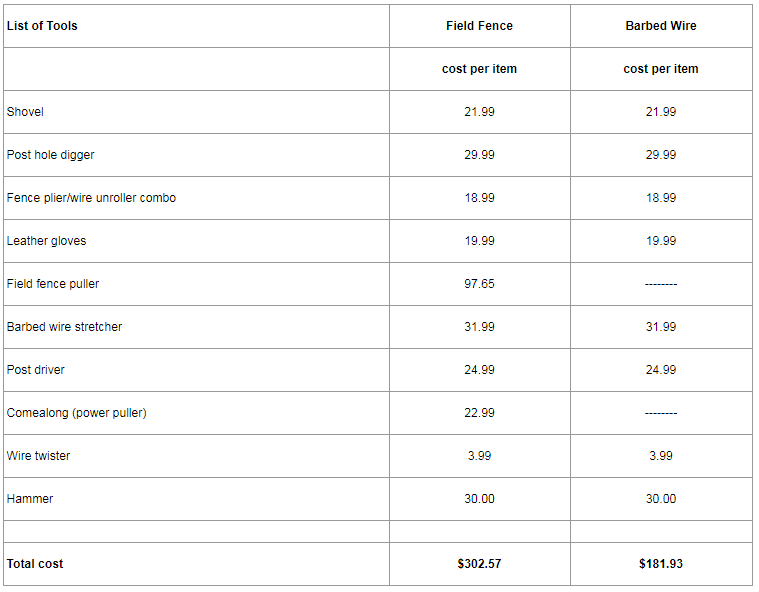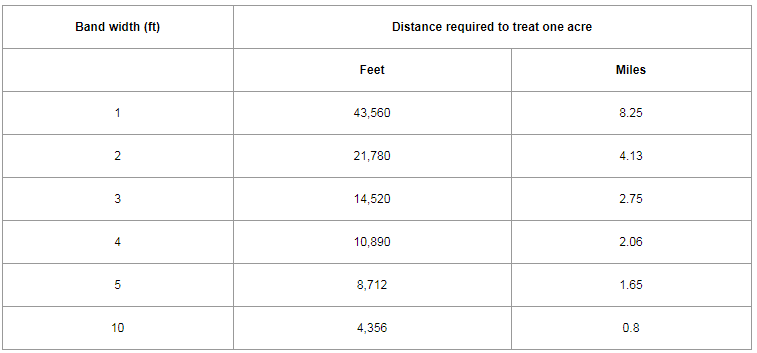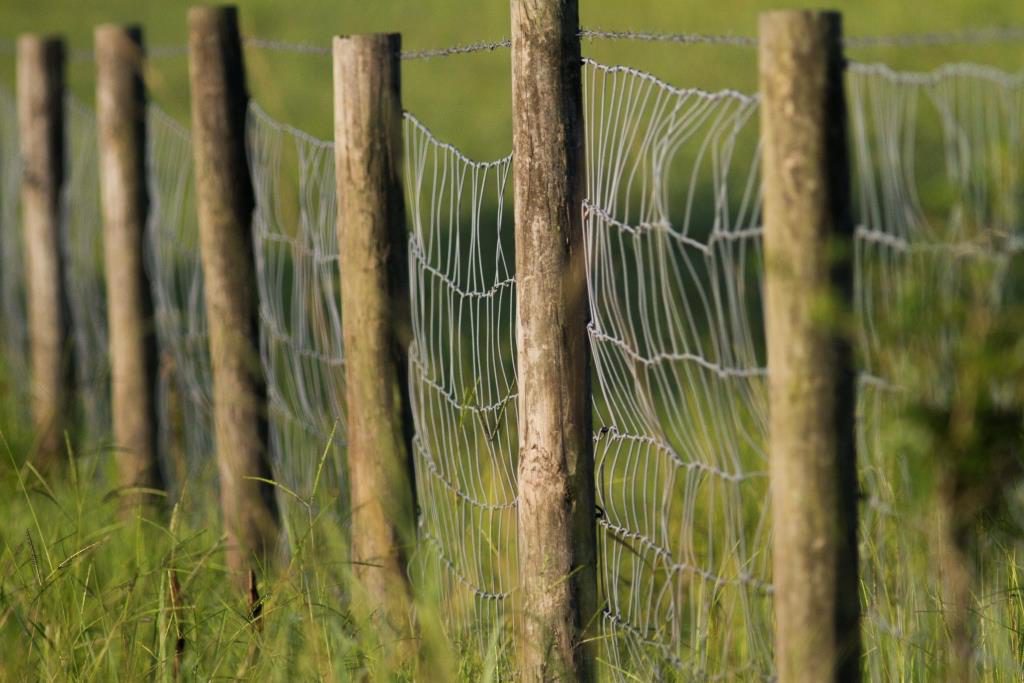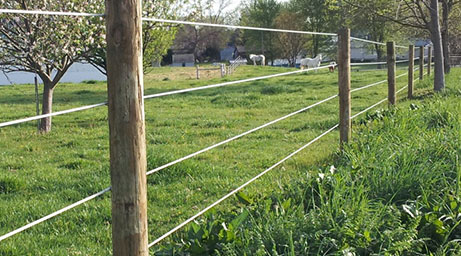Duty To Fence
Although Florida does not require livestock owners to fence their property, those animals must not be permitted to stray onto public roads & you could be liable for anything that happens to someone who interacts with that animal on a public roadway. Therefore, fencing is a must. Proper fencing, gates, and latches are an important part of helping to reduce the liability on yourself if your animals were to escape and stray onto the public roadway.
Did you know Florida has a Fence & Property Law? The University of Florida has developed a handbook to help you understand the ins and outs of the law and what it means for you as a livestock owner. It is important to consult this handbook before constructing a fence to make sure you are following the guidelines that will put as little liability on you as possible. Find the Handbook HERE.
Permanent or Temporary Fencing
Fence construction may seem expensive at first but one must think of it as a long term investment for their operation. Fences, when constructed properly and with quality materials can last for many years and are a crucial part of running a farm smoothly. First one must determine what kind of fencing will be best for their needs, permanent or temporary?
Temporary fences are generally cheaper to construct and can be moved from pasture to pasture or to a different property. Temporary fences are a great option for those that lease pastures. Permanent fencing could include a type of field fence, barbed wire, electric fence, etc. Permanent types of fence generally require more work to install and are a greater investment in materials/equipment. However, permanent fencing is generally more secure than temporary types and makes a great option for perimeter fencing where animals have less chance of escaping. Most operations will have a mix of some permanent fencing and some temporary fencing to satisfy all of their needs.
Fencing Cost
Now that you’ve determined what kind of fence you would like to install it is time to look at the costs associated with fencing.
In the table below you will see the average cost of equipment that will be needed to install field fence or barbed wire. These items are also a long term investment as they will be used time & time again for other tasks and to repair fence in the future and therefore their cost can be spread out over the lifetime of the item.

Field Fence
The field fence is constructed with a double-H, or horizontal corner/end braces, by using three 6–8″ × 8′ wood posts and two 4″ × 6’5″ wood posts for the cross-brace at each end. A braced–line post assembly should be placed at a minimum of 660 feet apart from the end braces in a ¼-mile straight run. Posts between the braces may be either steel T-posts or 4″ wood posts spaced 12 feet apart. One strand of barbed wire is placed 2″ above the top of the field fence.

Barbed Wire
Materials for barbed wire fence are similar to the field fence except that five strands of barbed wire are substituted for the field fence.

Choosing the type of fence you will use can be based on cost, appearance, and type of livestock. It is important to consider these factors before installing permanent fencing. Learn more HERE.
High Tensile Wire Fence
High Tensile wire was originally developed in New Zealand but has gained popularity in the States. This fence can be electrified or not, depending on the operators preference. Some advantages of High Tensile wire include:
- easier to handle than woven or barbed wire
- no barbs to injure livestock
- longer life
- low maintenance
- neat appearance
- easily electrified
- less expensive than barbed wire
- takes less time to construct
- easier to repair
- requires fewer posts.
However, if not electrified, animals may be able to slip through the smooth wire and this should be taken into consideration. Learn more about construction and specifications HERE.
Fence Brace Assemblies
No matter what type of fence you construct, the most important part is the brace. Failure of a brace can cause an entire line to go down and is much more difficult to fix than line post failures. Make sure to use pressure treated posts from certified dealers. Treated posts resist insect damage and decay which extends the lifespan of your fence. Always use posts greater than 5 inches in diameter for corner posts and embed them at least 42″ deep. If you are using high tensile wire the posts will need to be at least 48″ deep due to the stronger force involved. Line posts can be 4″ in diameter and should be embedded at least 24″ deep.
There are many types of different brace assemblies, learn about them HERE.
Weed Management in Fence Rows
Weeds in fence rows can often be difficult to control. Physical controls like mowing often are not an option due to the fence type. Some chemical controls may damage the fence, and weeds flourish in the disturbed ground caused by installing the new fence. So what do you do?
Foliar applications of herbicide are the best way to control weeds in fence rows. Foliar application, on the plant leaves (foliage), reduces the chemicals that contact your fence that could potentially cause it to rust. This type of application also largely reduces the amount of herbicide needed compared to a broadcast spray. Refer to the table below when calculating the amount of herbicide needed to treat your fence lines. Choose a band with and then compare the number of feet in the table to the number of feet of fence you need to treat.
For instance, if you have 10 miles of fence line to treat, that is 52,800 feet. Say you want to use a band with of 1 ft. 1 acre of 1 ft band width is 43,560 feet. If you divide 52,800 by 43,560 you will figure out how many acres you are treating in linear feet. (52,800 ft /43,560 ft = 1.21 acres) The formula for this is Number of miles or feet to be treated / distance required to treat one acre for chosen band width = Number of acres to be treated.

Learn more about types of herbicide to use and calibrating sprays HERE.
 0
0



